GastroScreen
The Only iPSC-Derived Human Miniature Intestine for Predictive Preclinical Testing
Key Features
Human Biology First Approach
GastroScreen organoids incorporate all major intestinal cell types—epithelial, mesenchymal, smooth muscle, enteric neurons, and endothelial cells—organized into functional, spatially organized structures. This provides an advanced and physiologically representative alternative to simple in vitro and animal models of the intestine.
Functional Complexity
GastroScreen organoids exhibit organ-wide functionality, including spontaneous peristaltic-like contractions, perfusable vasculature, and a responsive enteric nervous system. These features enable a broad range of clinically relevant measurements, making them ideal for modeling complex, dynamic gastrointestinal processes in a human specific context.
Reproducibility at Scale
GastroScreen is manufactured in a highly scalable and reproducible manner to ensure batch-to-batch consistency and compatibility with 96-well assays and workflows.
Diverse Biobank
Built from a growing library of over 60 iPSC lines representing diverse genetic backgrounds, GastroScreen supports studies on patient-specific responses, variability, and population-level pharmacology.
Applications of GastroScreen
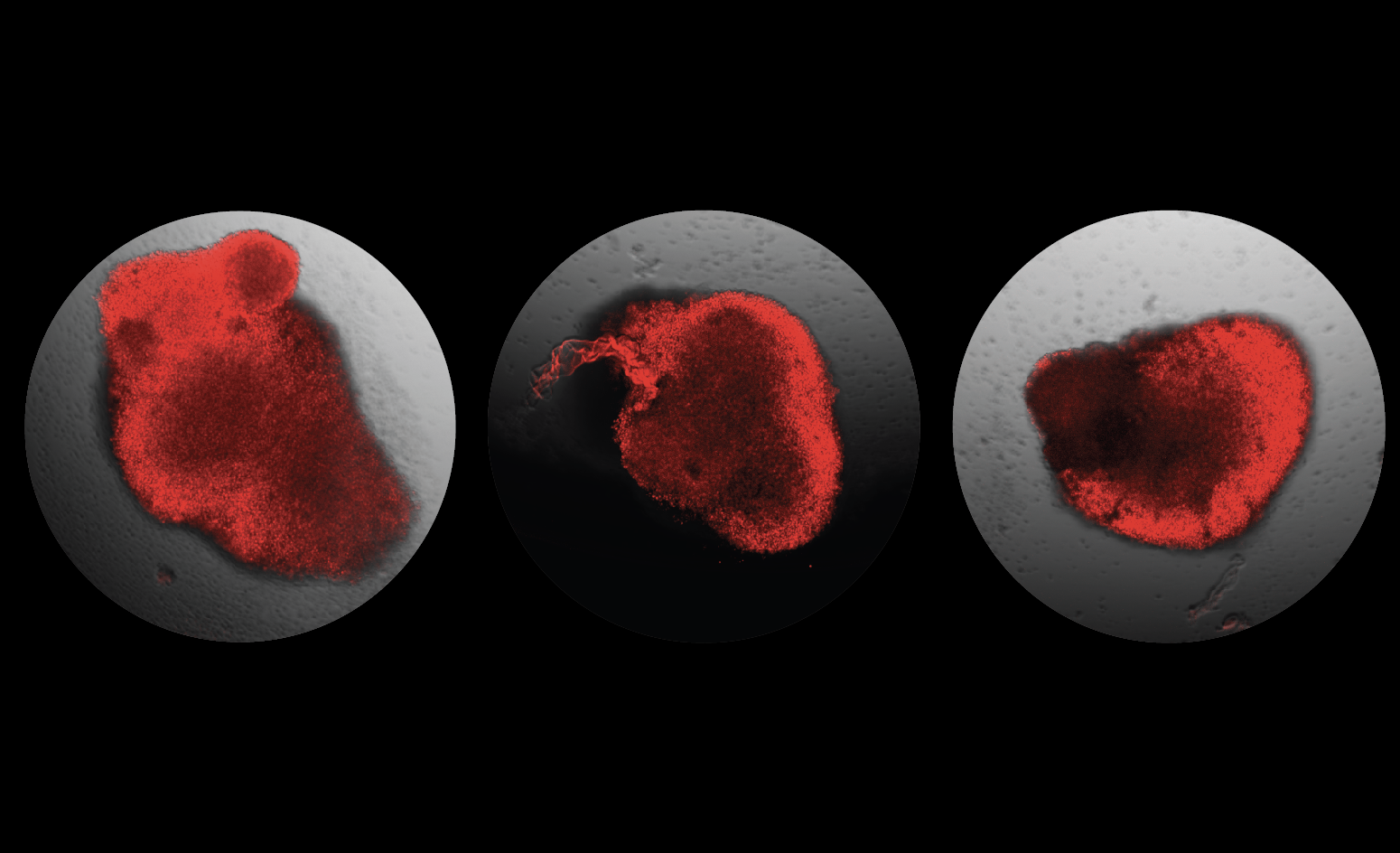
Drug Safety & Toxicology
Detect general intestinal cytotoxicity, cell-type specific toxicity, off-target effects, and epithelial barrier disruption across compounds. Relevant for any medication that could affect the gut, including all oral medications

Efficacy Testing
Evaluate therapeutic activity, target engagement, and mechanism of action in a physiologically relevant gut tissue model. Relevant for any therapeutic with a GI indication.
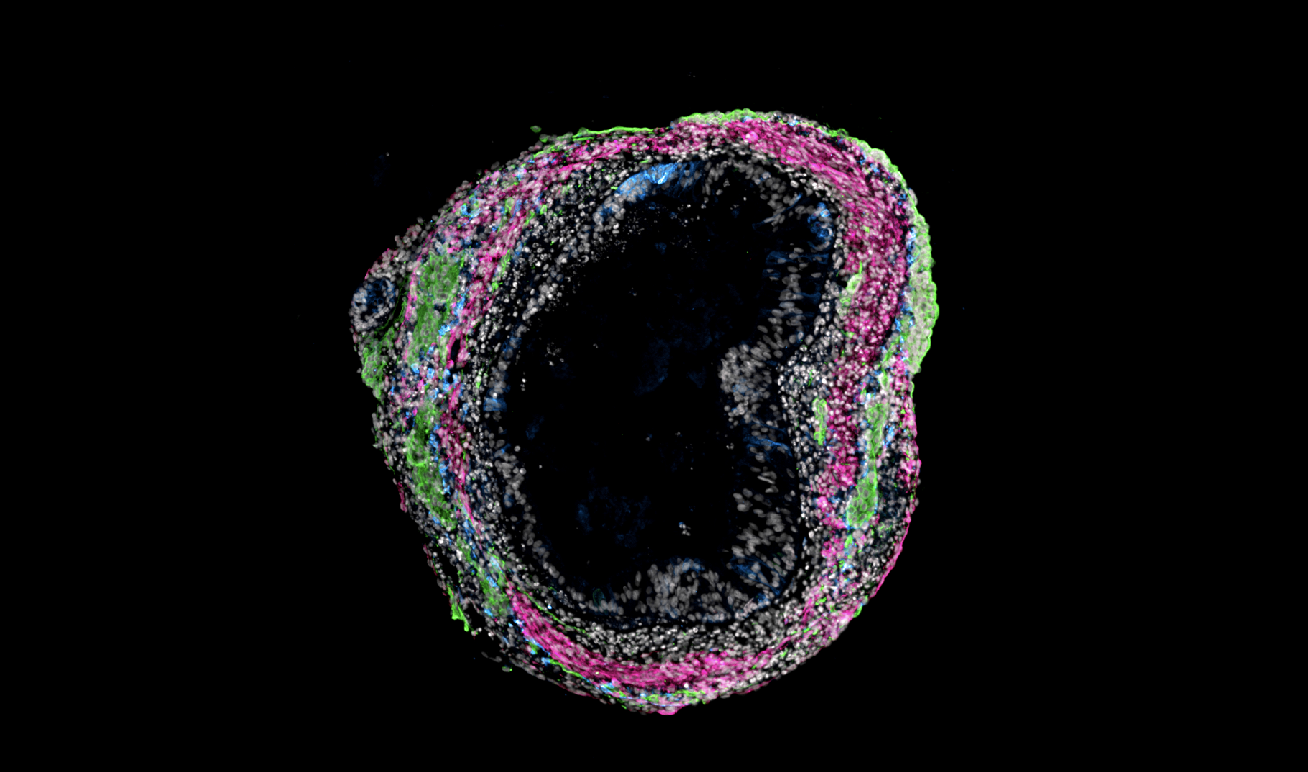
Disease Modeling – Inflammation & IBD Models
Ability to simulate any intestinal disease with current capabilities including inflammatory or fibrotic disease states, enabling researchers to test drug candidates.
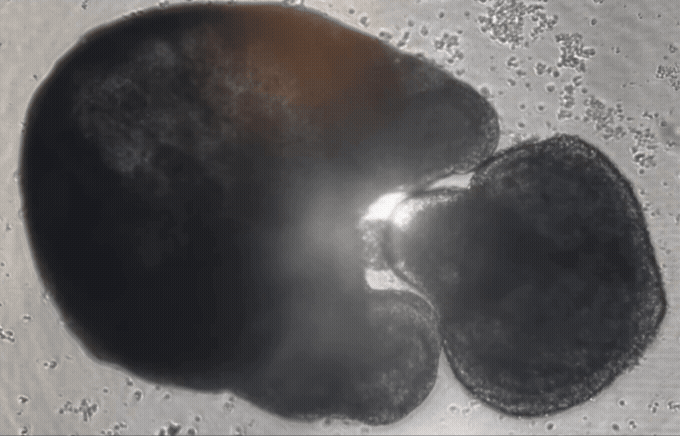
Organ-Wide Function – Motility, Neuromuscular, Endothelial Function
Model enteric nervous system function, vascular functions, and GI motility in response to stimulation giving researchers the ability to model clinical observations.
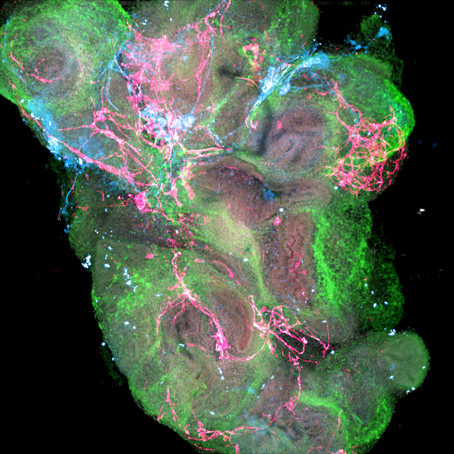
Product Format & Specifications
Format: Live or Frozen vials containing >100 viable organoids
Culture Time: Ready for experimentation on arrival if live or within 7 days post-thaw
Assay Compatibility: Imaging, gene/protein expression, barrier function assays, functional read outs and more
Custom Options and Partnership Opportunities: We would love to work with you to answer your scientific question with GastroScreen. Custom options, including donor background, disease-specific models, co-culture integrations are available upon request
Why GastroScreen?
The FDA and NIH have publicly endorsed the use of organoids and other “New Approach Methodologies” (NAMs) as predictive tools for preclinical development. GastroScreen is purpose-built to meet this shift—combining biological fidelity, functional readouts, and scalability in a way that legacy models can’t match.
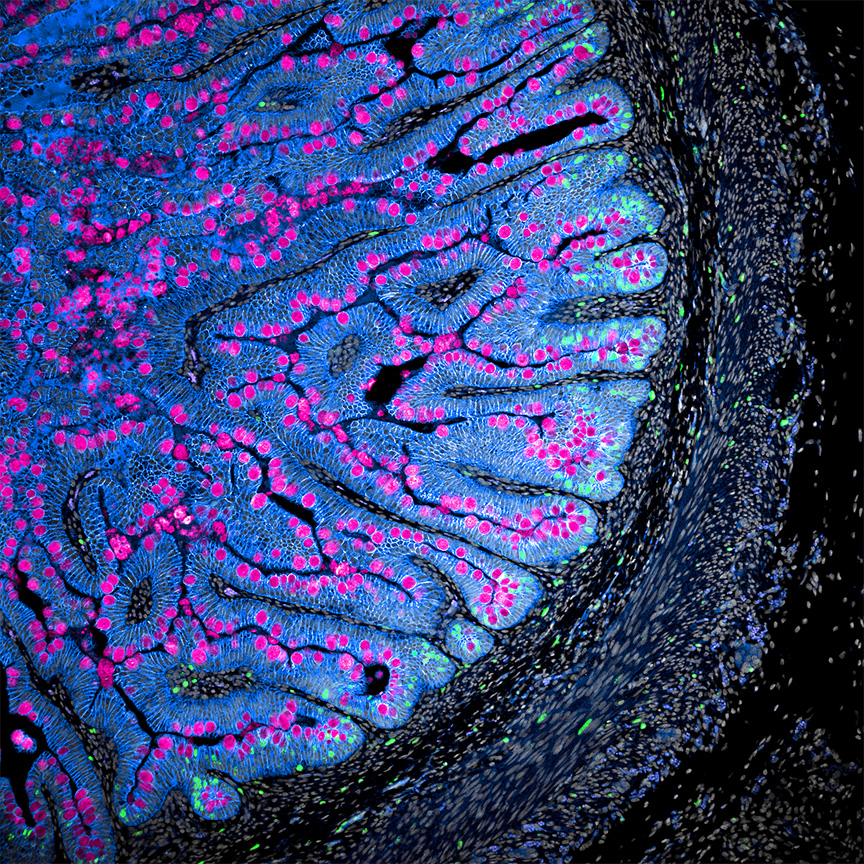
Contact Us
Let’s connect. We’re advancing organoid technology to accelerate discovery and improve lives. Whether you’re exploring a partnership, investment, or research collaboration, we’d love to hear from you.
